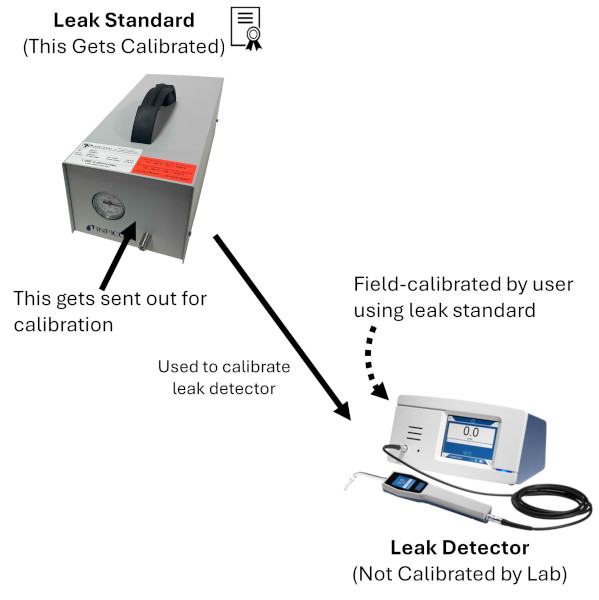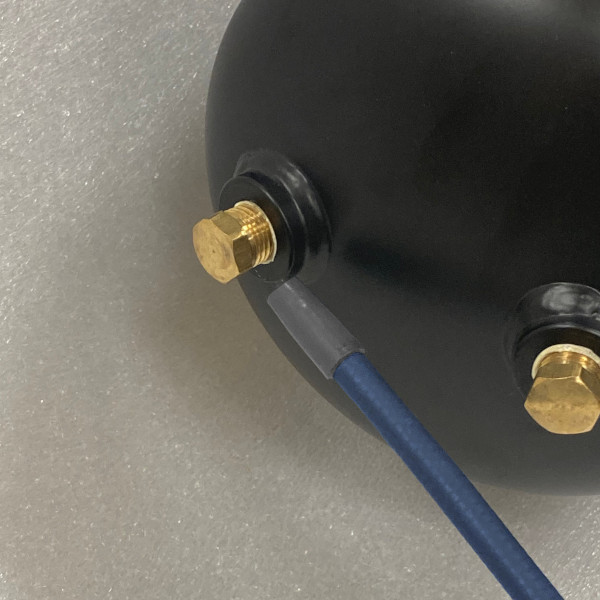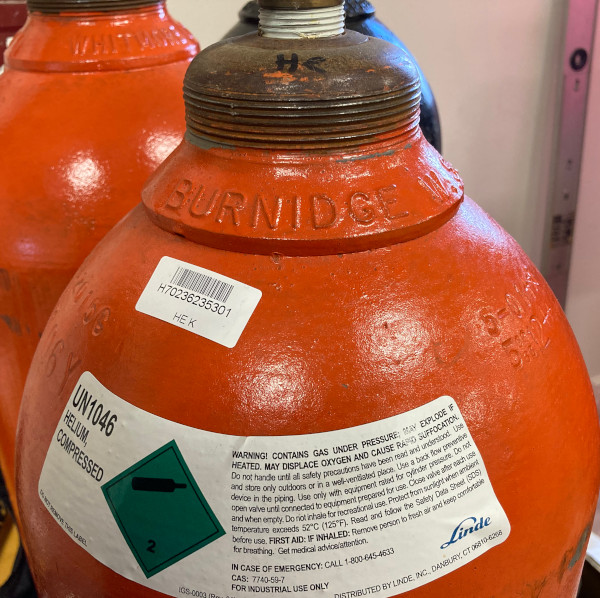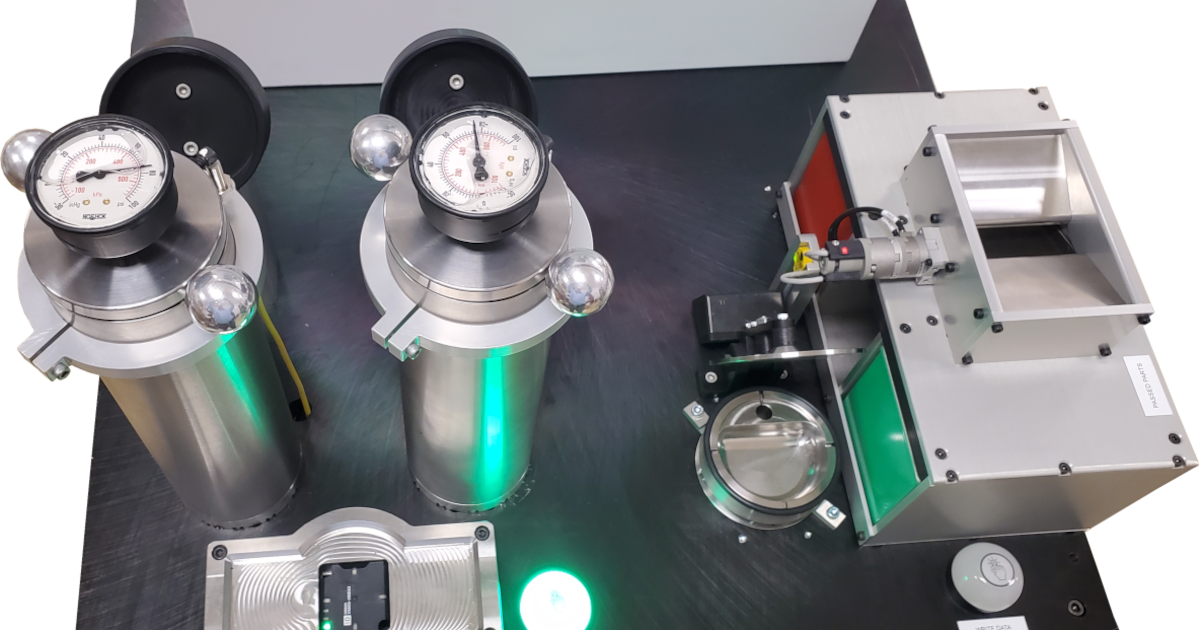Learn More
It’s not your leak detector that gets calibrated—it’s the leak standard. Learn why accredited labs certify standards, not detectors, for traceability.
The sniffer test is a reliable and cost-effective method for leak detection using tracer gases like helium or hydrogen. This guide explores how the method works, the equipment involved, and when to use it—along with best practices for maximizing accuracy in sensitive applications such as medical devices, refrigeration, and automotive systems.
Choosing the right tracer gas is critical for accurate and efficient leak detection. In this guide, we compare the top options—helium, hydrogen, and process gases like refrigerants and SF₆—highlighting their advantages, limitations, and ideal use cases. Whether you're testing HVAC systems, electronics, or manufacturing components, this article will help you select the best gas for your leak detection needs.
In this guide, we explain what trace gas is, its various uses, and how gases like methane, helium, and carbon monoxide are important in both environmental and industrial contexts.
What is a Pressure Decay Leak Test? A pressure decay leak test is a widely used method for identifying leaks in parts
What is Helium Bombing? Helium bombing is the process of exposing a part to helium at an elevated pressure for an extended






